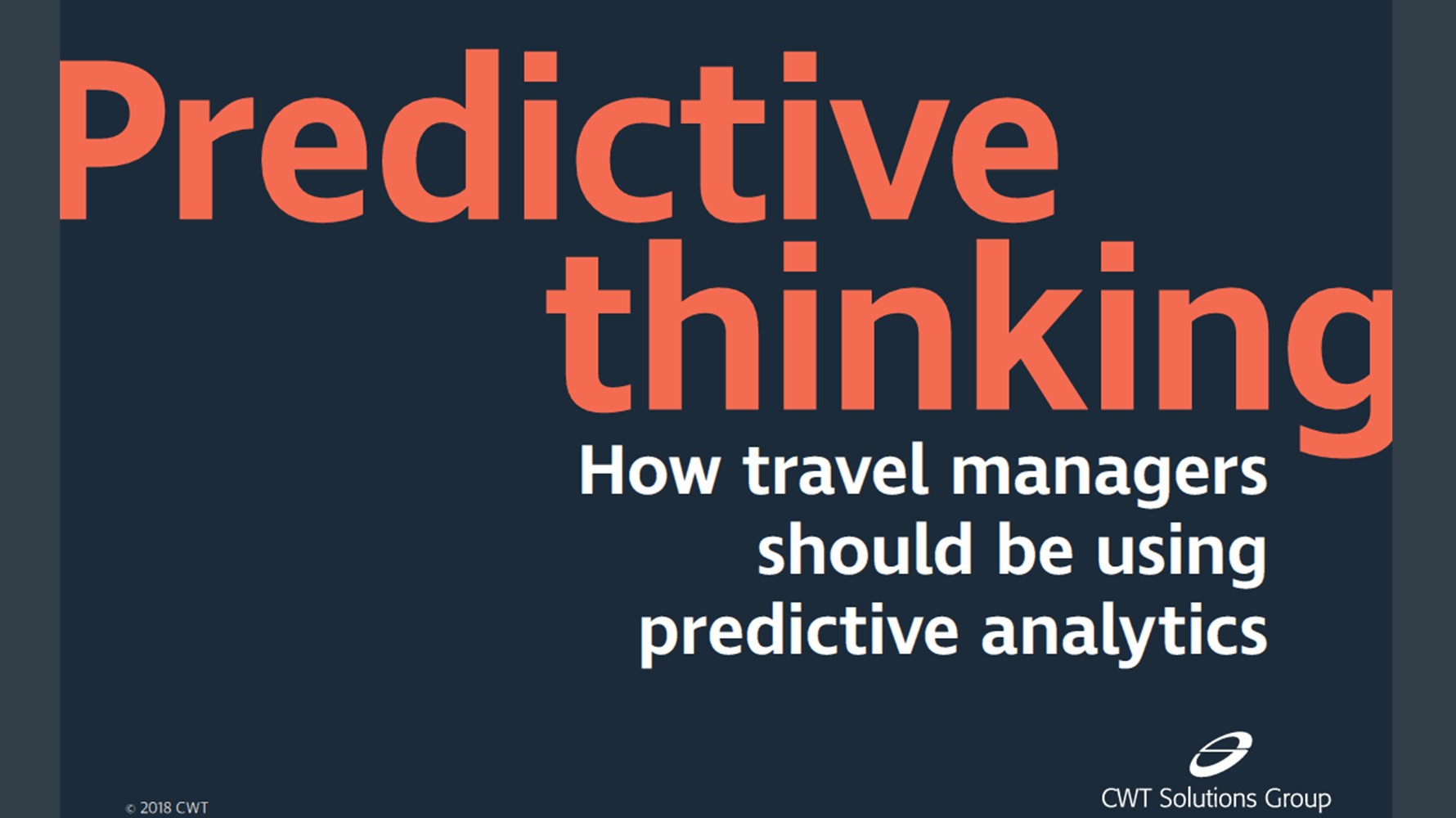“If you can look into the seeds of time, and say which grain will grow and which will not, speak then unto me.”
If you're a fan of Shakespeare, you will recognize this quote from Macbeth.
Since the beginning of time, humankind has been obsessed with predictions. Fortunately, nowadays we don't need to rely on oracles or witches of any sort. We have powerful algorithms that allow us to predict the future and even change it.
How cool is that?
At CWT Solutions Group we have gone a step further when it comes to data management and created a powerful crystal ball to improve travel management and find new ways of saving.
How did we manage that? By integrating traditional travel data with public information on commodity prices, macroeconomic indicators, weather and even holidays. All of these are then analyzed to identify patterns and correlations, generating robust predictions for a company’s future spend, specifically the number of trips and cost per trip.
Thanks to these insights, our clients can make small changes to travel policies and supplier programs that can lead to great savings – up to 10% even.
If you also want to save that much, you can apply our tailored predictive modeling to your travel program by focusing on three key stakeholders: your travelers; your internal stakeholders - like directors, management, and finance teams - and your suppliers and procurement team.
When it comes to your travelers, you want to control costs, ensure your caps are matching the market conditions and make sure they use the right suppliers. To achieve these, you can:
- Communicate with defined traveler groups to let them know about price increases. Avoid non-compliance and encourage them to take actions to remain within the travel policy rules.
- Recommend the use of an alternative supplier or suggest they postpone the trip to other dates if they have flexibility in their travel plans.
- Blacklist suppliers expected to have fares increase, or with forecasted limited availabilities.
- Pro-actively adjust caps, upwards or downwards in order to drive your travelers towards suppliers not subject to rate increase.
Internal stakeholders are also key actors in your travel program equation and you want to support business leaders with budget planning and intelligence on future costs. You can make vast improvements in these areas:
- Better advice on the most relevant actions to take for their travel budget, especially if a destination where your company has business projects has been impacted.
- Insights on travel trends.
- Location for team meetings.
And last but not least, you have your suppliers and the procurement team. Here you want to be proactive when negotiating rates, and understand what market trends are likely to occur. To achieve that, you can:
- Use predictive analytics to adapt your negotiation strategy before, during and after agreements renewals.
- Make your supplier program better by managing the number of suppliers. You can do this by adding more suppliers, fares, classes, rate types, or ancillary and amenities and focus on the areas expected to increase.
- Adapt your negotiations targets and caps.
- Review your contractual goals (volume, market shares) set by the suppliers and monitor that your negotiated classes or rate types are available.
- Ensure your online booking tool matches your negotiation strategy and predictive analytics outcomes.
Follow these steps and become a true king of travel management – skipping all the drama of Shakespeare's masterpiece.



